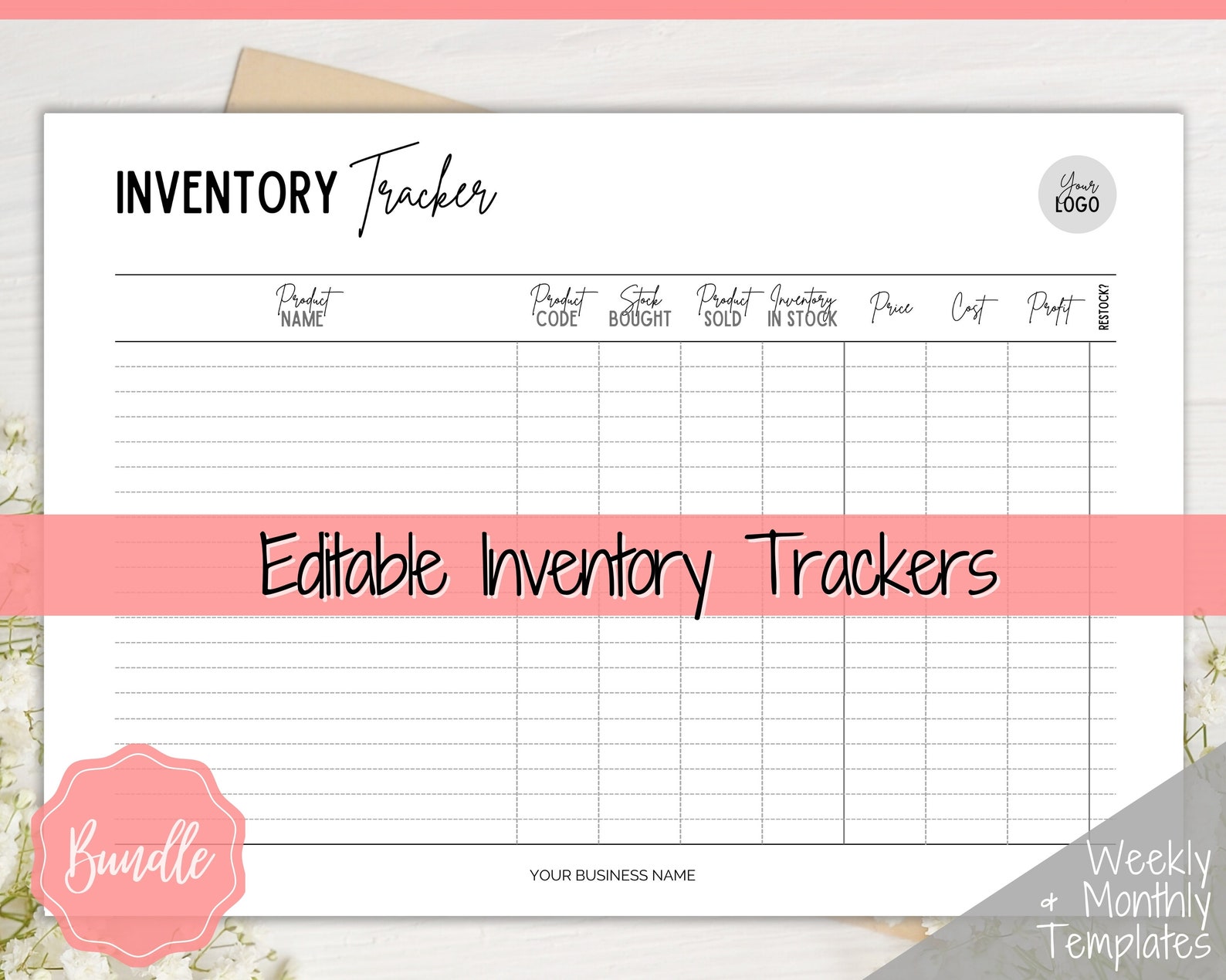
Radio Frequency Identification (RFID) tagging using handheld readers can offer a simple and efficient way to maintain a continuous check on inventory. Checking stock more frequently - a rolling inventory - avoids a massive annual exercise, but demands constant attention throughout the year. It's often an annual exercise - a kind of audit to work out the value of the stock as part of the accounting process.Ĭodes, including barcodes, can make the whole process much easier but it can still be quite time-consuming. Stocktaking involves making an inventory, or list, of stock, and noting its location and value. Stock control systems - keeping track manually Stock is identified by date received and moves on through each stage of production in strict order. In effect, you're placing a standing order, so you need to keep the quantities and prices under review.įirst in, first out - a system to ensure that perishable stock is used efficiently so that it doesn't deteriorate. If your needs are predictable, you may order a fixed quantity of stock every time you place an order, or order at a fixed interval - say every week or month. You need to make sure that you have the right number of components to cover your needs until the next batch. It's quite a complex calculation, so you may find it easier to use stock control software.īatch control - managing the production of goods in batches. Re-order lead time - allows for the time between placing an order and receiving it.Įconomic Order Quantity (EOQ) - a standard formula used to arrive at a balance between holding too much or too little stock. These methods can be used alongside other processes to refine the stock control system. There is a risk of running out of stock, so you need to be confident that your suppliers can deliver on demand. Items are delivered when they are needed and used immediately. Just In Time (JIT) - this aims to reduce costs by cutting stock to a minimum. At every review you place an order to return stocks to a predetermined level.


How much stock should you keep?ĭeciding how much stock to keep depends on the size and nature of your business, and the type of stock involved. However, low-cost items can be crucial to your production process and should not be overlooked. You may choose to concentrate resources on the areas of greatest value. If your stock levels are limited by capital, this will help you to plan expenditure on new and replacement stock. For example, you could put items into low, medium and high value categories. You can categorise stock further, according to its value. The type of stock can influence how much you should keep - see the page in this guide on how much stock you should keep. consumables - for example, fuel and stationery.work in progress - stocks of unfinished goods in production.raw materials and components - ready to use in production.


 0 kommentar(er)
0 kommentar(er)
